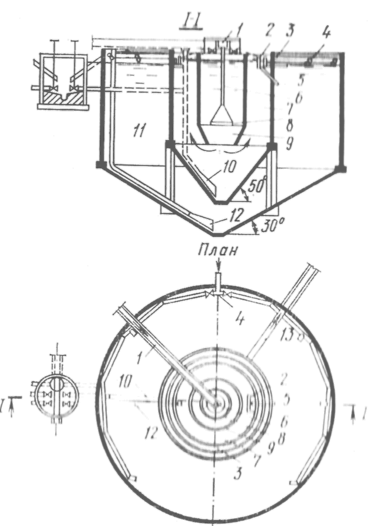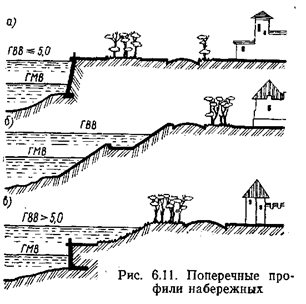| Qualification
(lowest to highest)
| Category
| Duration
(full-time)
| Place of study
|
| Associate of Science
degree (AS)
| undergraduate
| 2 years
| community college or
junior college
|
| Bachelor of Science
degree (BS)
| undergraduate
| 2 or 4 years*
| college or university
|
| Master of Science
degree (MS)
| graduate
(postgraduate)
| 2 years
| university or graduate
school
|
| Doctoral degree (PhD)
| graduate
(postgraduate)
| 3 to 8 years
| university or graduate
school
|
| * Students who have already completed an Associate (AS) degree can become a Bachelor of Science if they study for two more years
|
Exercise 2. Lisa is from Japan and will soon complete a PhD in biotechnology in London. She is discussing the next stage in her career with her supervisor, Susana. Read part of their conversation and tick the options which interest her and put a cross next to the options which do not.
- teaching (undergraduate) students
- doing post-doctoral research
- supervising a research team
- finding a permanent position at a university
- discussing theory
- doing practical fieldwork
- staying in London
- finding a well-paid job
Susana:... and have you thought about what you’ll do once the PhD is finished?
Lisa: I don't think of much else! It’s actually rather scary. I know I don’t want to abandon science and become an accountant, but beyond that...
Susana: Well, let’s start with a simple choice. Academia or industry?
Lisa: Oh, easy - academia. I’ve really enjoyed the teaching I’ve done, so I don’t want to give that up.
Susana: But in industry you could supervise more junior researchers. You wouldn’t have to give up teaching.
Lisa: No, but it’s different. I find it really interesting to explain quite complex topics. Supervising people would be more practical. I really love communicating the theory side of things.
Susana: Well, yes... but I don't think working in industry rules that out. It would just be different. You would also be out in the field more. Someone would pay you to go to real disasters to try the
robots out.
Lisa: Hm. That’s true. But I’m not sointerested in doing that. As long as I have time to do work on developing the robots in the lab, that’s fine for me. I do really want to teach though. I actually quite enjoy preparing lectures and thinking of creative ways to get the information across.
Susana: Really? OK, so assuming you go for academia...
Lisa: I'd like to get a post-doc position first.
Susana: OK. And any idea who you’d like to work with? Or where you’re looking at?
Lisa: Not reaily... I'm going to leave here, though.
Susana: Oh? You don’t like London? The university?
Lisa: No, I do... but I did my Master’s here, part-time, while I was working as a research assistant in the lab. And then I transferred to the PhD while still working. So, basically I've done
everything here, and I really think I should change, move on.
Susana: You’re quite right. Going somewhere else is a very good idea - I hadn't realised you’d been here for so many years.
Lisa: I came on a student visa nine years ago and never went back. Anyway, applications for a couple of interesing post-docs at Cambridge close early next month.
Susana: They get earlier every year! I'll look over them before you send them off, If you like.
Lisa: That’d be great. I doubt they'll want me, but I might as well give it a go.And then I’m meeting a couple of people from the University of Glasgow at the conference next month. Just for a chat.
Susana: Well, it sounds like you’re doing the right things. So then you’d be looking at a full-time position in higher education after that?
Lisa: Yes.
Susana: And all the paperwork doesn’t put you off?
Lisa: Well, i don’t actually mind it that much. So no, it doesn’t bother me.
Susana: And the money? You’re not tempted by the salaries in industry?
Lisa: Not at all. Well, maybe a bit. But there are more important things than money. I know I’m not going to get rich this way. But industry work? I really don’t think it’s for me.
Susana: But it’s good to know it’s there as a possibility.
Lisa: That’s true - if things don’t work out...
Exercise 4. Think about your career in science and make notes on:
- what you enjoy most about working in your scientific field
- what you would like to do (and not like to do) next in your career
- which of your past and present experiences are most relevant to your future in science
Exercise 5. In pairs, take turns to interview your partner about his/her career path in science. Use the phrases from Exercise 2 to help you.








